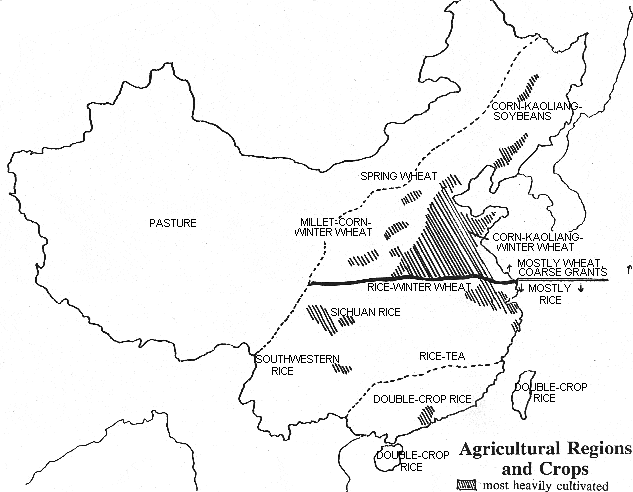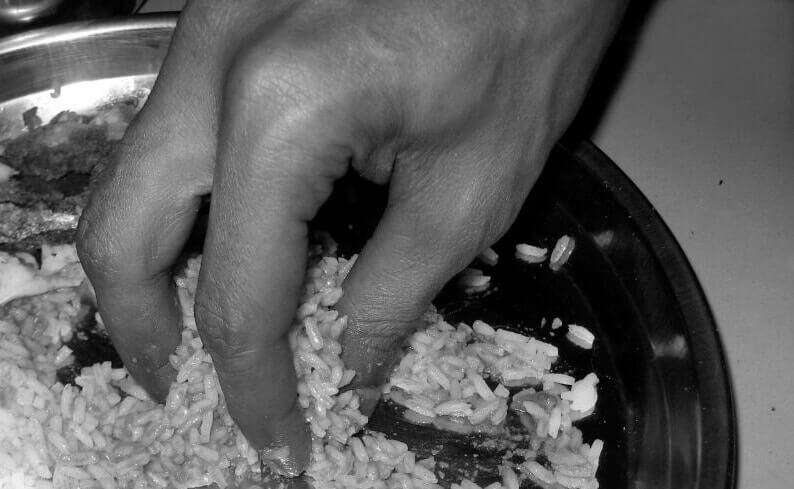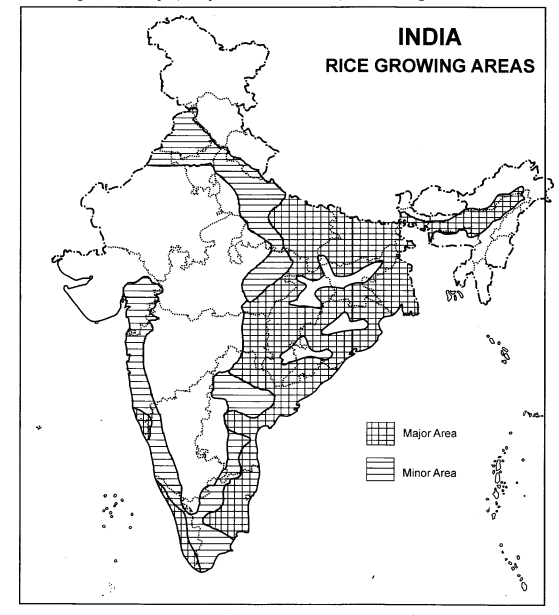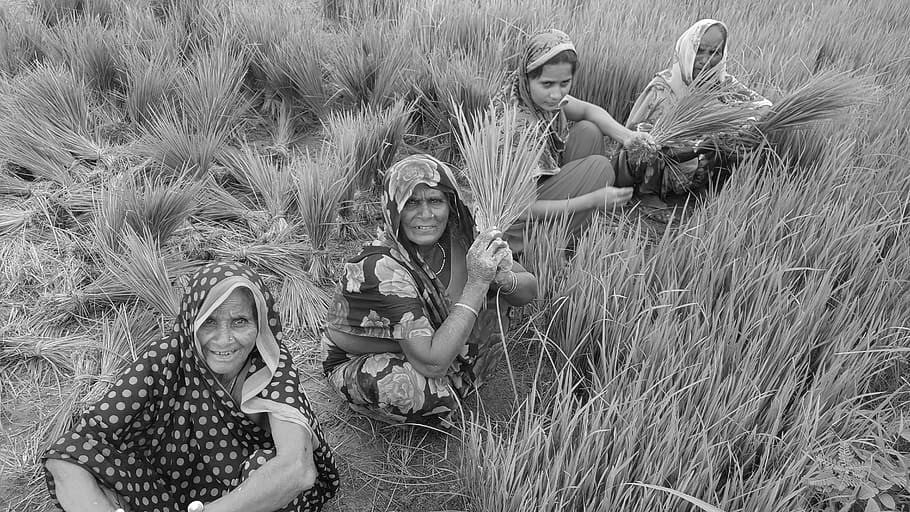There’s more to rice than you think – Discover rice in Chinese folk tales. China has a long and varied history, and its people are of most diverse origin and of different religious traditions.
As expected, the folklore of China reflects this diversity of history and population. Several old literary collections of tales have been popular among the population for centuries.
In this Article
RICE IN CHINESE FOLK TALES
Folk tales, like other genres of folklore of any society, reflect emotions, needs, conflicts and other aspects of human psyche that people acquire as a result of growing up in a specific culture. Folk tales are probably the most crystallized and apt expression of human thoughts. The study of folk tales prevalent in a society helps to understand the common universal elements on the one hand and certain characteristic traits specific to that society on the other.
The rice thief
Chang Tao-ling is considered as the founder of modern Taoism. Chang Tao-Ling, who was born in 35 CE claimed that Lao Tze descended from heaven and gave him the recipes for the pills of immortality.
The invention of talismans for the cure of all sorts of illness, not only exalted him to the high position he has since occupied in the minds of his numerous disciples, but enabled them in turn to exploit successfully this new source of power and wealth. From that time the Taoist sect began to specialize in the art of healing. Protecting or curing talismans bearing the Master’s seal were purchased for enormous sums.
Chang concocted a potion that he claimed would cure many ills, and thousands flocked to him for treatment. His fee was again five bushels of rice.
It is thus seen that he was after all a deceiver of the people, and unbelievers or rival partisans of other sects have dubbed him a ‘rice-thief’-because he charged Five Bushels of Rice for treating sickness. He also founded a movement called “Five Bushels of Rice Taoism” (Wu-tou-mi tao), as new members were told to contribute five bushels of rice as a membership fee. The Confucian historians gave them the derisive name, “Five Bushels of Rice thieves”.
Legend: 望娘灘 “The Dragon’s Pearl”
Xiao Sheng, a boy living in the days of cloud-breathing dragons, is both hard-working and good natured. He gathers fresh grass to sell in the market in exchange of meager income to support his mother. One year, when the village goes through a severe drought, Xiao Sheng finds a patch of grass, lush and never diminishes in size no matter how much he’s cut it.
Xiao Sheng finds a pearl buried near the patch and brings it home to please his mother, and also replants the grass near his house. The grass withers next morning, but the rice jar where they keep the pearl in and only has little rice left the night before is brimming with rice. They realize that it’s the pearl that’s magical and from then on make use of the pearl and share their fortune with other villagers. However, jealousy and greed prompt two of their neighbors into robbing the pearl.
Xiao Sheng swallows the pearl in haste and it burns inside him. In order to quench the burning and thirst, he drinks dry the river and turns into a dragon which brings the long-expected rain to the village.
When the dragon leaves the village through the river, it turns its head many times, and each time he turns, the dragon’s massive body cuts into the river’s edge, “sculpting the banks with his last farewell.”
Myth: Rice pestle separates the sky and earth
Some State that the earth was separated from the heavens to punish human sins or to eradicate inconveniences in human life (for instance, humans could not walk upright because there was too little space, and they could not lift the pestle to pound rice freely).
Others State that the separation was caused by a deity’s action, such as lifting the sky up and pressing the earth down, setting up a pillar or pillars between them, cutting off their contact with an axe, or using a broom to sweep the sky up high and the earth down low. In some myths the separation was caused by animals.
For example, ants bite the sky tower and make it collapse, the ox and wolf cause the separation, or a crab is to blame. One popular myth version asserts that the sky was lifted up by a woman pounding rice using mortar and pestle. She disliked the close connection between the sky and earth and the inconvenience caused by tliis (it was hard for her to lift the pestle and pound the rice), so she poked the sky with her pestle. The sky felt so much pain that it rose very high to where it is today.
Video: One rice Thousand gold – An old Chinese fable
~ ○ ~
Works Cited & Multimedia Sources
- THE MOTHER GODDESS OF FERTILITY AND RICE
- TIMELINE: The story of rice
- MALAYSIA: The Rice Soul- Myths, History and Folklore of RICE Beras or Nasi
- MALAYSIA: Proverbs and wise sayings in relation to RICE Beras or Nasi
- CHINA: Proverbs and wise sayings in relation to RICE 稻
- CHINA: On the origin of Rice 稻 – Myths, History and Folklore
- THAILAND: Mae Posop- Myths, History and Folklore of RICE
- THAILAND: Proverbs and wise sayings in relation to RICE K̄ĥāw
- INDIA: Proverbs and wise sayings in relation to RICE Chaaval
- INDIA: RICE dishes Khichri, Byriani, Kheer, Dosa & Idlly
- INDONESIA: Myths, History and Folklore of RICE Nasi
- INDIA: Myths, History and Folklore of RICE
- BALI- INDONESIA: Myths, History and Folklore of RICE Nasi
- Ancient Chinese Farming – ancientchinalife.
- Chinese Folk Dance: The Rice Sprout Song – shenyunperformingarts.org.
- Chinese Idioms. – standardmandarin.
- Collection of Chinese Folk Songs. – chinaculture.org.
- History of rice cultivation – Ricepedia.
- How Rice Built the World As We Know It. 2015.
- How the Jade Rabbit got to the moon.
- Lihui Yang, Deming An. Handbook of Chinese Mythology – Archive.org. 2005.
- Oryza sativa.– Wikipedia.
- Rice as a Superfood. Encyclopedia of Food and Culture – Encyclopedia.com. 2018.
- Rice Culture of China.– China.org edited and translated by Li Jinhu. 2002.
- Rice: The Grain That Shapes Cultures, Traditions and Rituals – Asiarice.
- Tan Monica. How ancient Chinese farmers had it right all along, and other eco-friendly rice farming methods. 2013.
- The 24 Greatest Chinese Food Proverbs for Food Lovers.
- Yangge. Chinese New Year. Rice– Wikipedia.
Keep exploring:



